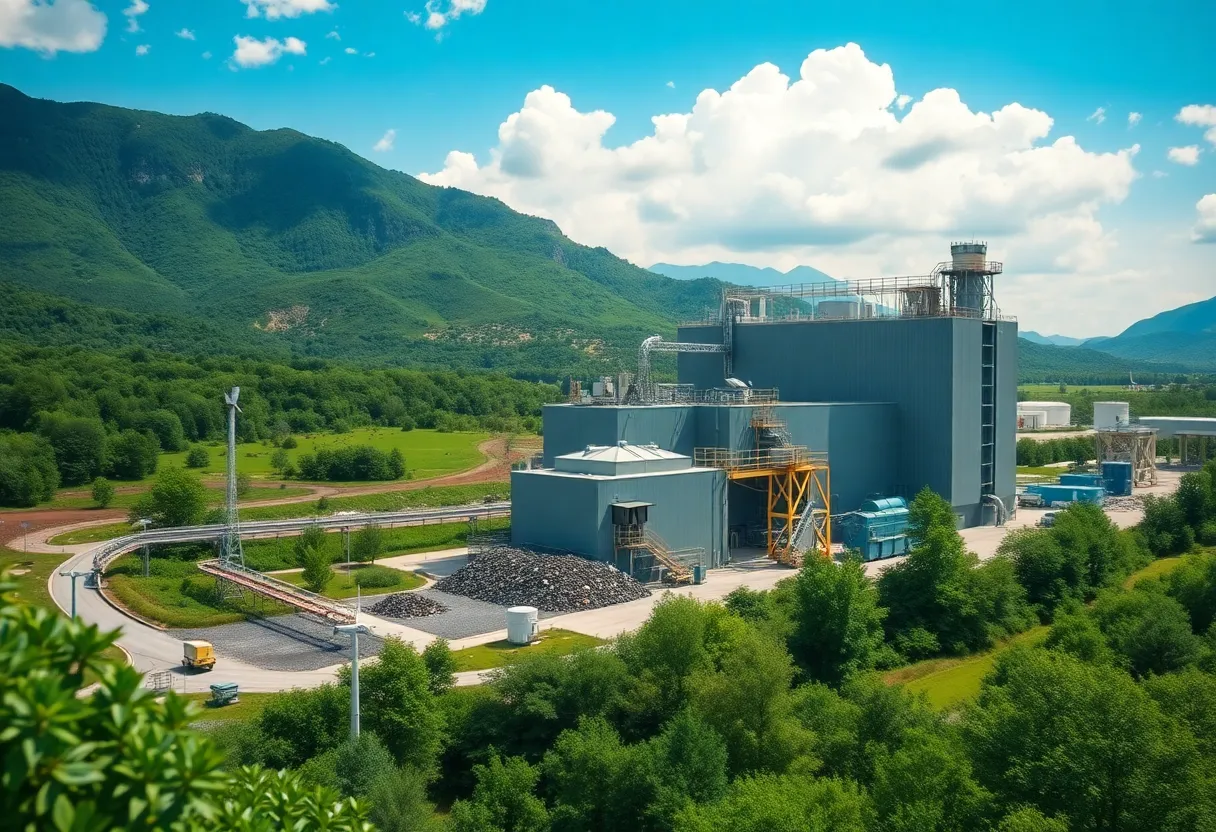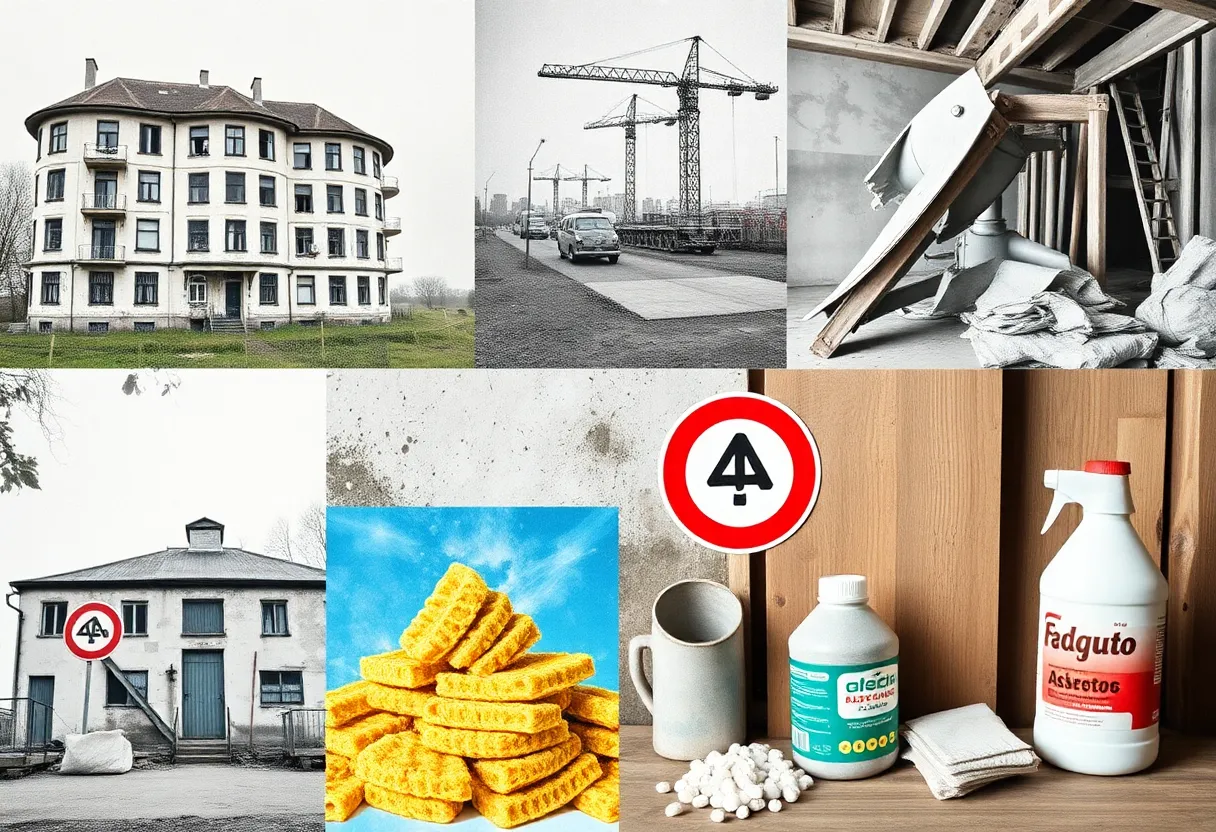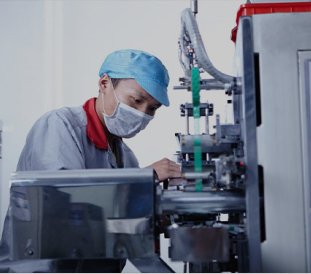News Summary
Exterra, a Canadian firm, is tackling asbestos mine waste through innovative processing and cleanup efforts, marking a significant step towards environmental sustainability.
Exterra Brings a New Dawn: A Green Solution for Asbestos Mine Waste
In a bold move towards environmental sustainability, Exterra, a Canadian decarbonization firm, is tackling the longstanding problem of asbestos mine waste. This innovative company is focused on cleaning up the mineral waste that has plagued communities tied to historical mining activities, particularly the notorious Jeffrey Mine in Asbestos, Quebec.
Turning Toxicity into Opportunity
Exterra has successfully raised CAD 20 million aimed at the construction of Hub I, which promises to be the largest facility in the world dedicated to managing asbestos mine tailings (AMT). With an operational aim to process over 300,000 tons annually, Hub I is a milestone in addressing a heavy legacy left behind by years of asbestos mining.
Asbestos, while known for its fire-retardant properties, has also established a notorious reputation for causing severe health risks, including fatal lung conditions such as mesothelioma. Once, Canada was the largest exporter of asbestos globally during the 1970s, with the Jeffrey Mine contributing significantly to its operation until its closure in 2012. This facility, which reached depths of 1,140 ft and spread over two square miles, has left the community grappling with serious health implications, most notably the alarming rates of mesothelioma in Quebec.
Innovative Solutions for a Toxic Legacy
Exterra’s approach to addressing the toxic remnants of asbestos mining is pioneering. The firm intends to transform the problematic tailings into low-carbon metal oxides, including magnesium oxide—an essential component for various industries—and nickel concentrate for electric vehicle batteries. This transformation will not only salvage resources but also offers a sustainable path forward by capturing CO2 in minerals permanently, doing away with the need for separate carbon capture systems.
Additionally, Exterra guarantees a safe destruction of asbestos fibers present in the tailings at the Hub I facility, integrating the use of renewable energy to maintain carbon neutrality throughout its operations. Previous pilot projects conducted in Val-des-Sources have set the stage for this ambitious initiative.
A Community in Transition
As Quebec grapples with its historical ties to asbestos, the name “Asbestos” itself is becoming a burden for the local community. In an effort to shed the stigma associated with the term, there have been discussions about renaming the town to Val-des-Sources. The community, once thriving on asbestos mining, is now pivoting towards new economic ventures including a microbrewery, a duck farm, and a ski resort, fostering a shift from its toxic past to a more sustainable future.
The legacy of asbestos mining is still felt, with 180 new mesothelioma cases reported as recently as 2012, marking the region as having the highest incidence of this deadly cancer in Canada. Historical mining activities commenced as early as the 1850s, and the adverse health effects of asbestos—long ignored—have only become recognized in more recent decades.
Future Prospects: A Rebirth of Industry and Environment
With an estimated 800 million tons of AMT buried in the region, Exterra’s Hub I operations could continue for an astounding 2,667 years, addressing both the cleanup of harmful waste and the growing demand for valuable industrial materials. As residents strive to reinvent Asbestos’ identity, they simultaneously seek to honor their historical roots while envisioning a healthier, more environmentally sustainable community.
In the backdrop of climate change and increasing economic pressures, Exterra stands poised to lead the charge against legacy asbestos waste. This holistic endeavor highlights the potential for innovation to make significant strides in rectifying past environmental neglect while paving the way for a greener future.
Deeper Dive: News & Info About This Topic
HERE Resources
New Insights on Diagnostic Tests for Asbestos-Related Diseases
The Ongoing Battle Against Mesothelioma: Understanding Rights and Resources
Trial Resumes Amid High-Stakes Asbestos Scandal in South Africa
Corruption Charges Resurface in Bloemfontein’s Asbestos Trial
Asbestos Contamination Sparks Concerns in Sydney’s Linear Park
Asbestos Exposure: Unveiling a Silent Killer
Asbestos Exposure: An Unseen Threat Tied to Lung Cancer
The Hidden Dangers of the USS McKean II: Asbestos Threats Uncovered
Exciting Breakthroughs in Mesothelioma Treatment
May Marks National Cancer Research Month: A Call to Action for Mesothelioma Awareness



















